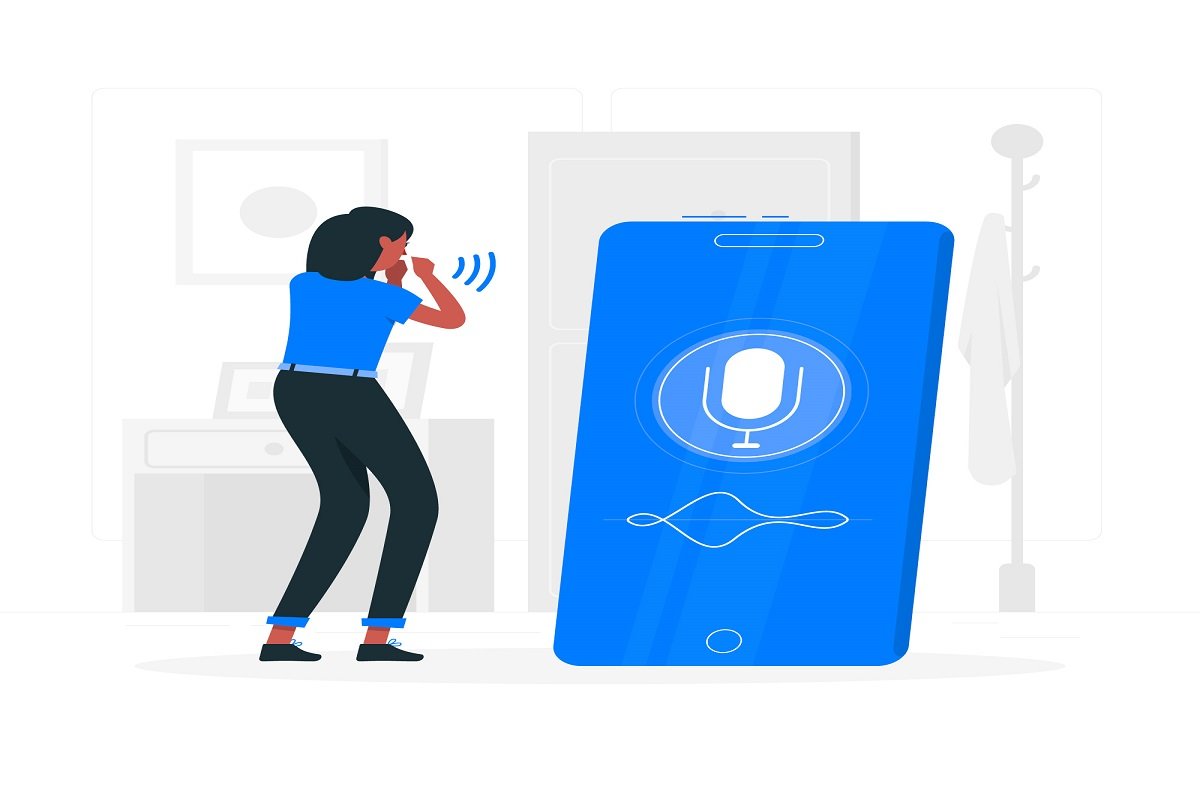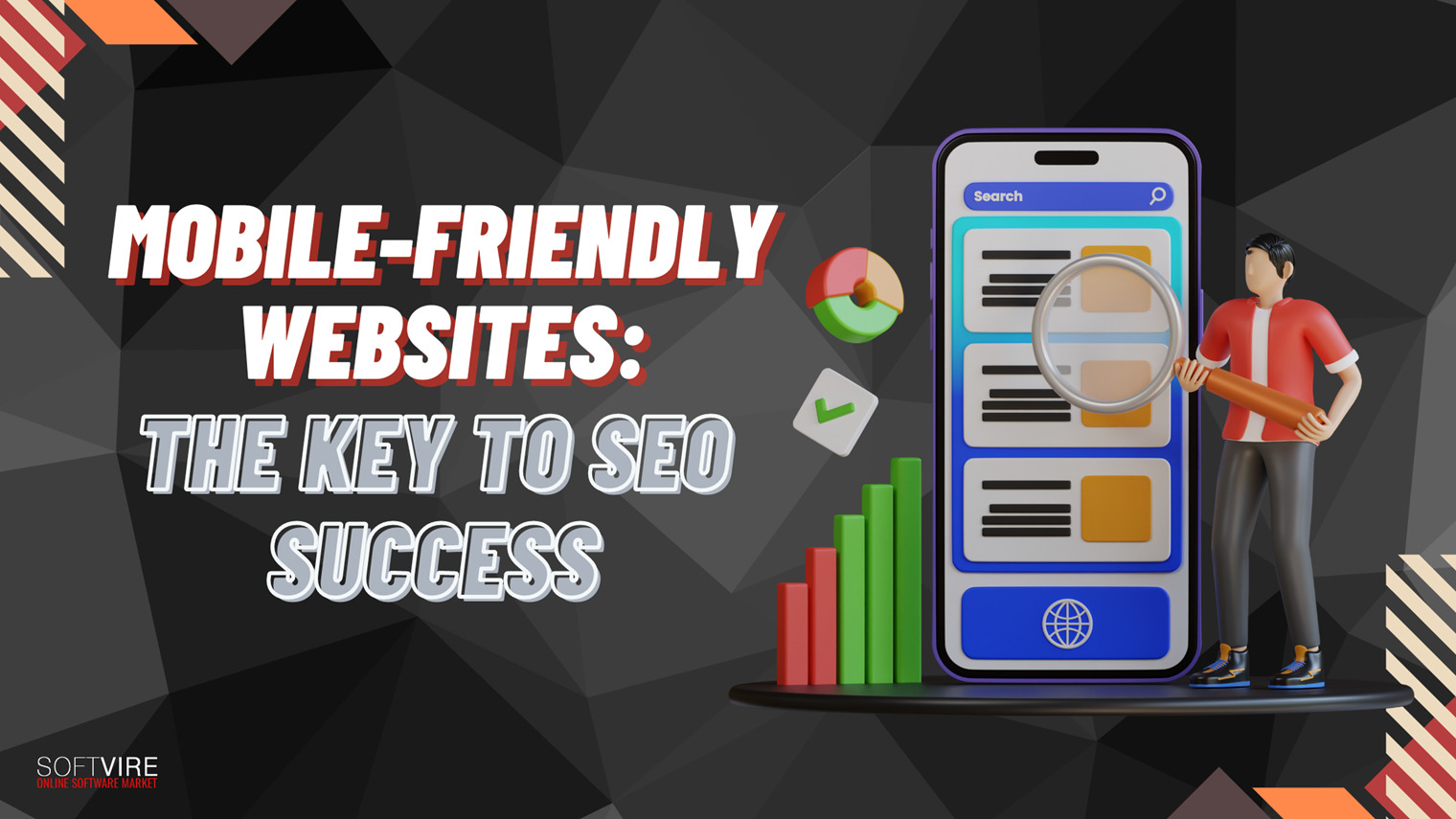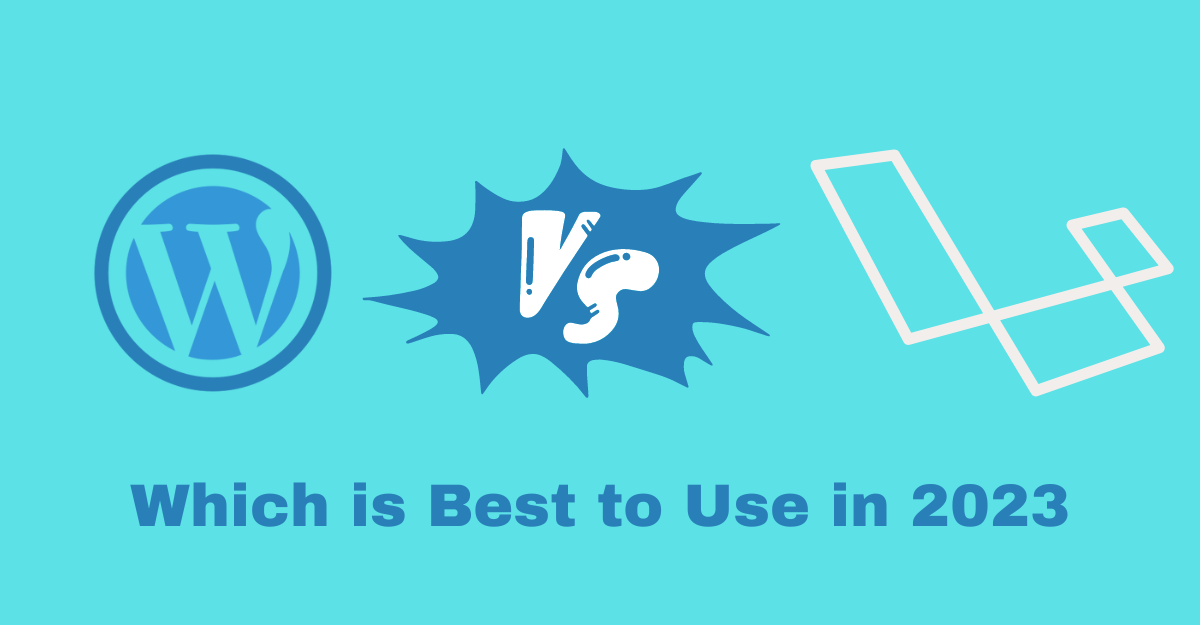
5 Ways to Utilize Streaming Technology in Your Online Business
6 minutes | Word Count: 1081It’s been well established that internet users prefer watching to reading: video content outperforms long-form content in study after study. What’s more, streaming technology like streaming content offers the opportunity for increased audience engagement. Depending on what platform you use, video streaming also allows you to collect a wealth of data about viewers.
Utilizing Streaming Technology in Your Online Business
There are more ways than you may think to incorporate streaming technology into your business practices. Here are five.
#1. Product/service tours
In recent history, top-notch images were considered essential for conveying product details. But video has images beat when it comes to communicating the features of your products or services. You can show a product in action or explain more complex features. If you’re selling a service, a virtual tour can turn abstract concepts into concrete benefits. Or offer short tutorials that walk existing users through different aspects of a service or complex product.
Consider a live video stream for your next product launch. Apple, Google, REI, and other big brands are doing it, so it obviously works. You can build anticipation by releasing teaser images and sharing info with brand ambassadors, who will circulate it to their networks. For the launch itself, don’t skimp on production value, and make sure you’ve chosen a platform your audiences like (more on that at the end of the article). Offer discounts for engagement and consider a giveaway at the end to encourage people to stick around.
#2. Customer service
Customer service departments receive many, many messages every day, and there are usually common questions that emerge. Mine the data you collect from customer service to identify recurring concerns that you can address in streaming videos. One big benefit to doing so is that you can reduce the demands on your customer service team, freeing them up for more complex queries and proactive work (like creating more video content).
For more complex products or services, customer service team members can use live streaming in discussions with customers to demonstrate certain features, which can be much clearer than trying to type out answers.
#3. Employee engagement
Streaming technology isn’t only for external-facing purposes. You can use video streaming platforms in the office for a Friday afternoon movie hour that will encourage your team to think creatively. For instance, watching documentaries together (in office or synchronously for a remote team) can get interesting conversations going around your business. A survey found that 70% of people who watched documentaries shared what they learned with others. Creative thinking is all about exploration and connecting abstract ideas, so who’s to say what will emerge from conversations about a history or science documentary?
When you’re managing a remote team, video streaming can become especially valuable in staying connected to your team. Zoom meetings will need to happen, but it’s also nice to be able to record a message for everyone and send it out so they can watch it during their break time. Also, consider creating training videos for newer hires or for everyone about new products/services in development.
#4. Interviews
Connecting with an industry expert in an interview that you live stream is a good marketing tool. B2B companies might consider interviewing a client who has seen good results from using your service or product.
To make the most of a streaming interview, be sure to do good promotion for the event. Consider adding an interactive period to the session to get the audience more involved; for an extra level of engagement, let attendees submit questions ahead of time. To bring secondary value to the stream, you could offer a flash sale around the same time.
#5. Events
With the enormous amount of time, energy, and other resources that go into hosting successful events, it only makes sense to maximize the value of these events by streaming them. For one, you’ll be able to engage people who simply can’t get to the event because of money or location. Some of these people could convert to in-person attendees in following years. You can also create a larger network in which to build new business relationships and find promotion opportunities. Consider offering some features of the event for free and selling tickets for others.
To do this well, make sure you have good equipment: a camera and a suitable mic, whether that’s a lapel mic or a handheld. For good video quality, you may also want some extra lighting. And, of course, the internet connection in your venue will have to be strong, so test it ahead of time. There are a number of platforms to use when live streaming events, such as YouTube, Facebook Live, and Periscope. The best one for you will depend on your specific goals for streaming and where your audience will be most comfortable.
Streaming technology options
So, it’s clear by now that there are many valuable uses of streaming technology. The next matter is figuring out what kind of tech to use. You have access to social media, video conferencing, and video platforms. What’s best for your business? That will depend on your internal resources as well as a strong understanding of who and where your audience is.
Using social media platforms for streaming may well fit into your overall social media strategy. Facebook, Twitter, Instagram, and LinkedIn all support live video streaming. Some benefits to social media streaming include real-time audience engagement options, a sense of urgency, and valuable market data. Downsides include that it’s harder to archive these for future use, and the platforms are not suitable for all streaming you may want to do.
Over to You!!!
Video conferencing software options like GoTo, WebEx, and Zoom are now in widespread use. These synchronous options are great for simpler streaming tasks like customer service uses. But they become less useful when you’re scaling up—most limit the total number of attendees. They also don’t always provide the best video quality, especially with higher numbers of participants.
Video platforms, like Dacast, Vimeo, or Brightcast, offer better streaming quality than conferencing software. You can also reach a wide audience with these platforms; the only limitation on this is the server capacity of the service you choose. And, as with streaming on social media, you can collect various audience metrics. If you’re committed to integrating streaming technology into your business model, a video platform will likely be your best choice.





















